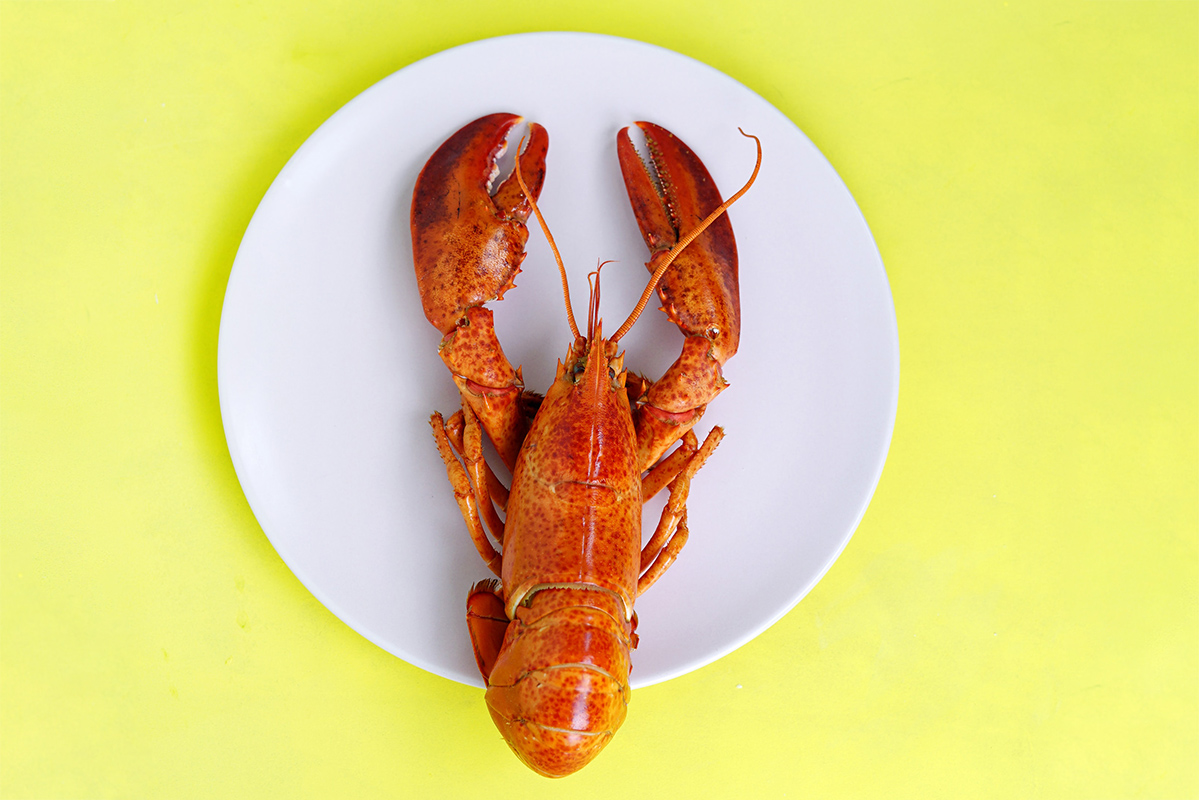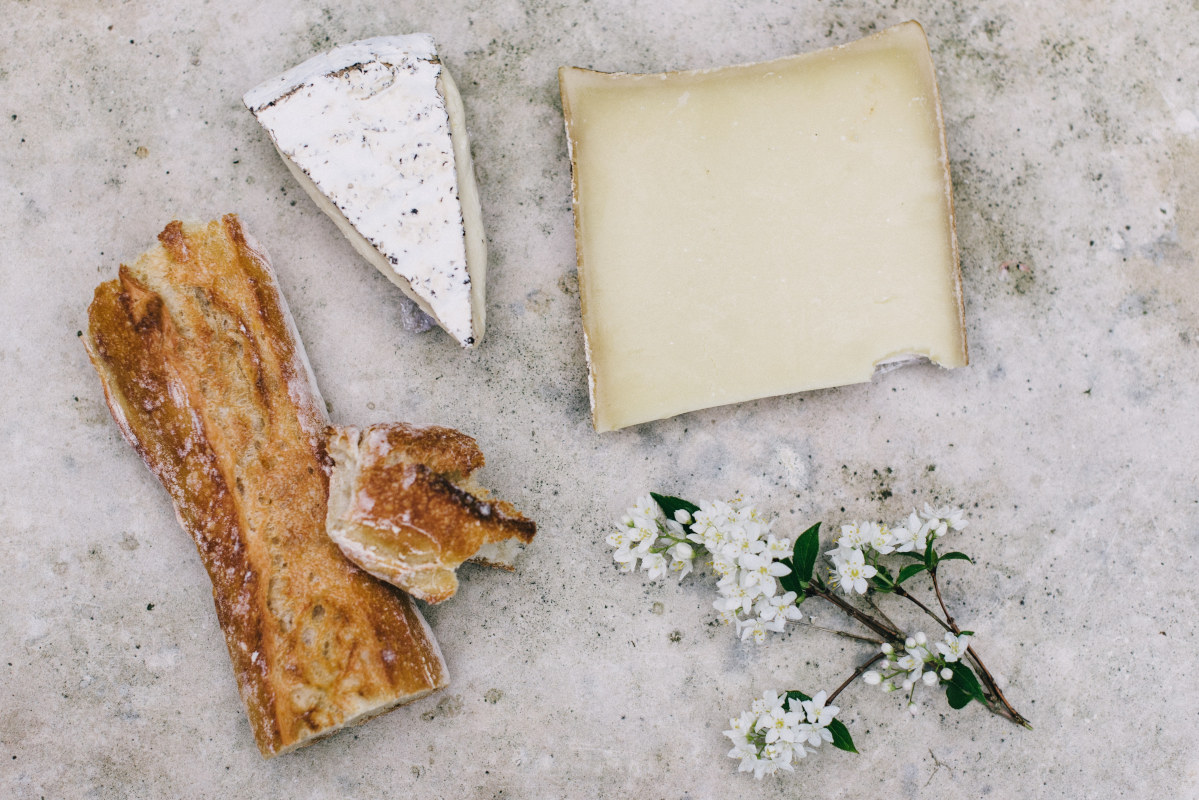French etiquettes for beginners
Photos: Unsplash

Like the Brits, the French love to adhere to etiquette and proper table manners at all times. When eating in French company, you are expected to do so, as well. The smallest mistake against the book of manners will cost you points (which they won’t specifically tell you, because… you know… etiquette). If you’re sweating just thinking about eight forks and as many knives surrounding your plate, you had better read this crash course on French table manners with care. And maybe – we say maybe – your French table companions might mistake you for a well-educated monsieur or madame.
What are the basic rules?
Table manners come in different grades of importance. Some will just induce an irked look on the host’s face, others might cost you a second invitation. Most important are the rules regarding ‘la politesse’ (or, the politeness). It is, for instance, a deadly sin to start eating and drinking before everyone is served, and even then, it is better to wait a little longer. Only start drinking when someone has made a toast (or when enough time has passed for someone to make one). For your food, the starting gun is your host saying ‘bon appétit’. During the meal, you’re supposed to keep your hands above the table. Your elbows, however, are not welcome on the table at any time.

How do I use my cutlery?
Just start on the outside and work your way in. A French host will always ensure that your cutlery lies in order. Concerning those same utensils, never (we repeat: never) lick any of them. And also, never touch your food with your hands. So, you had better start practicing peeling a shrimp with knife and fork. When eating bread, on the other hand, you can use your hands and knife, but never a fork. The French call this ‘baguetiquette’. In the likely event that you would be served cheese instead of dessert, you are only allowed to touch it with your knife and bread. Never with your hands, nor with your fork. Trust us, cutlery politics like these can turn a French dinner into an advanced obstacle course for etiquette novices.
Are men and women equal while eating?
Unfortunately not. Feminism hasn’t quite reached French dinner tables just yet. While serving food, for example, the cliché ‘ladies first’ still stands. Only when all the women’s plates are filled, can men serve themselves. Women, on the other hand, are not allowed to handle a ladle or bottle themselves. A man should always fill their glasses and plates. In the days of yore, men were also supposed to drop their food and stand up every time the hostess stood up. Luckily, this slightly awkward tradition has faded over time.

Can I at least talk about whatever I want?
Under no circumstances! Some subjects cannot be discussed at a dinner table. Mentioning a toilet is, for example, not done as long as there is food present. So, before dining, you had better figure out where the john is, because you can’t ask anyone while eating, regardless of how urgent the call of nature is. Another unwelcome subject is any criticism of the food. Even if the food is inedible, you are supposed to finish your plate with a smile and tell the cook how much you enjoyed it. If you want to go the extra mile, ask the host for the recipe. Small things like this gain you bonus points (which you might desperately need if, mere minutes later, you accidentally place your elbow on the table anyway).
Subscribe to Our Newsletter
Receive our monthly newsletter by email





